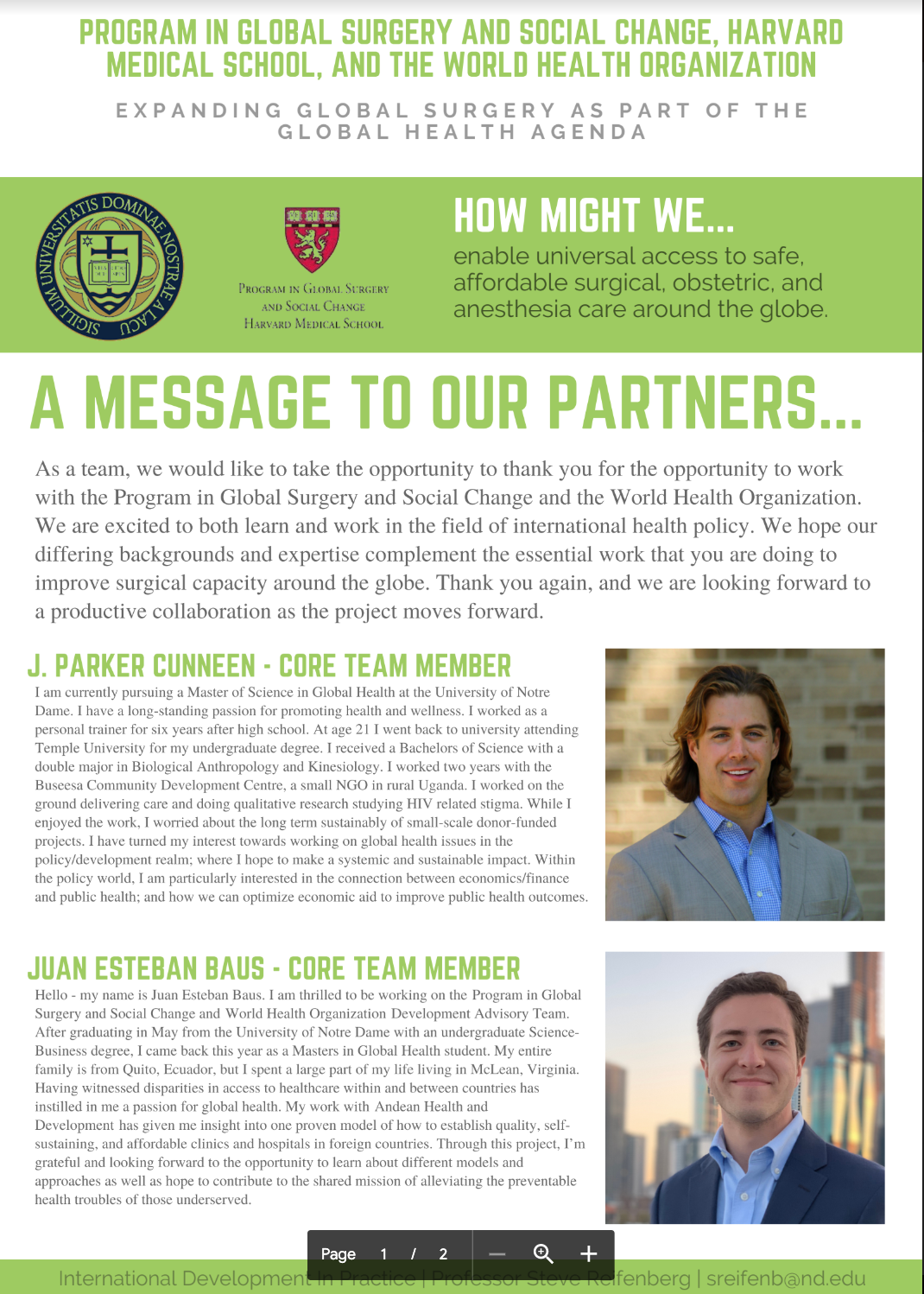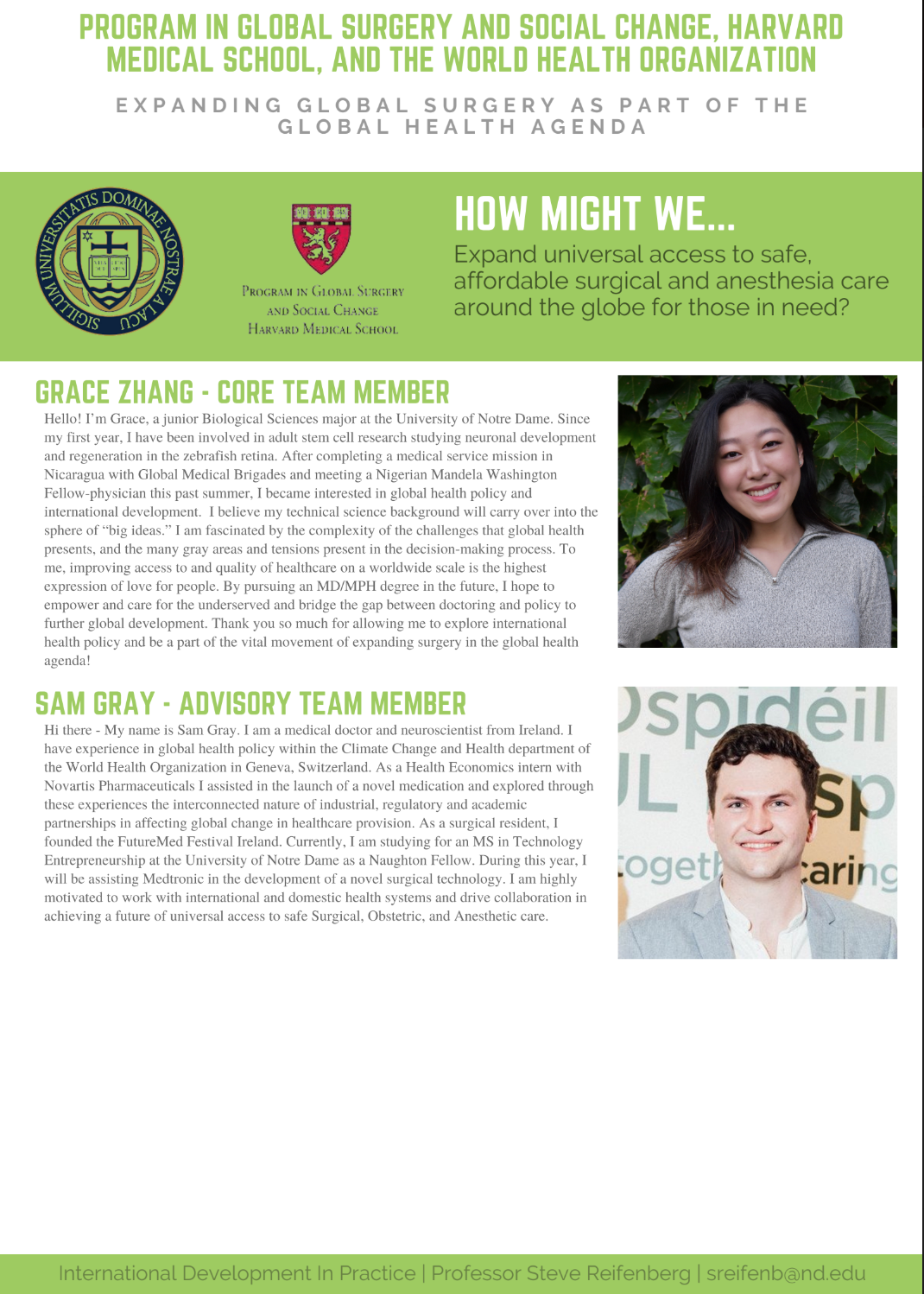Project Background:
Vía Educación is a non-profit organization in Mexico seeking to improve people’s quality of life by promoting sustainable social development through education. The organization believes that every person is capable of improving their opportunities in life as well as those of their communities.
Vía Educación developed a methodology for social transformation based on building problem-solving capacities on communities of youth and adults. The methodology aims to increase individual and collective self-efficacy among community members; develop civic competencies through solving relevant community needs; and strengthen social capital. This methodology is the backbone of the organization and is applied in a variety of programs and settings in Mexico.
Definition of Opportunity:
With that in mind, the Investigation and Evaluation team at Vía Educación would like to explore the link between these acquired skills (teamwork, democratic and citizenship participation, conflict resolution, assertive communication, collective organization skills, among others) and mobility (social, educational, economic). An emerging body of literature suggests that civic engagement may affect peoples’ wellbeing. Are our participants expanding their opportunities in life? The team would like to further learn about this, and even possibly incorporate a tool we could apply with our alumni network and current participants to test this potential relationship.
What does success look like?
Success for us would look like a clearer picture of the relationship between civic participation skills and mobility (e.g. a couple of pages concisely stating what literature has to say about this relationship as well as the mechanisms behind it – that is, if there is a positive relationship, how do civic participation skills contribute to expanding an individual’s opportunities in life?). We also would appreciate a concrete tool that we could use to test in the field to measure this relationship in a variety of settings (e.g. urban, indigenous, marginalized, rural communities, etc.) and populations (from students in high school to teachers and authorities in Mexico’s public school system as well as neighborhood community members).
Meet the Team:










